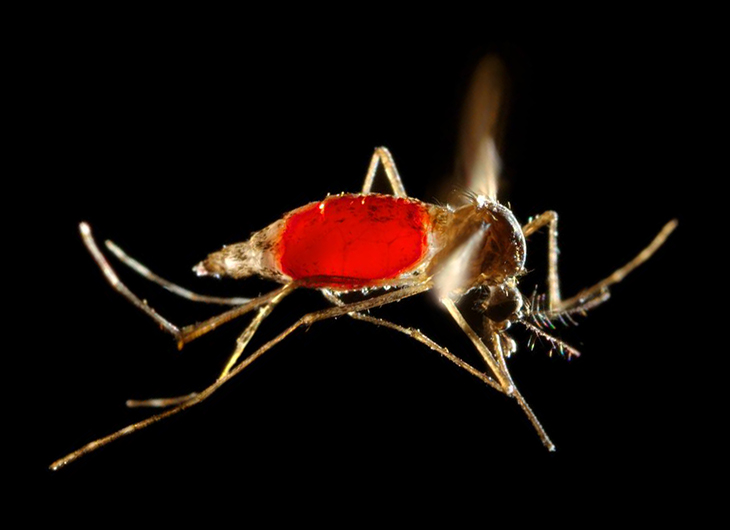Study: Malaria in Africa cut in half since 2000

Malaria control efforts prevented an estimated 663 million cases of Plasmodium falciparum malaria, the most deadly form of the disease, with insecticide-treated bednets responsible for two-thirds of the reduction. (Photo from the U.S. Centers for Disease Control and Prevention)
Efforts to fight malaria across the continent of Africa have cut the rate of infections in half since 2000, according to a new study published in the journal Nature and co-authored by Tulane University researchers.
The research, led by the Malaria Atlas Project (MAP), a multinational team of scientists based at the University of Oxford, found dramatic and widespread declines, with the overall rate of malaria infections falling by 50 percent between 2000 and 2015. Malaria control efforts prevented an estimated 663 million cases of Plasmodium falciparum malaria, the most deadly form of the disease, with insecticide-treated bednets responsible for two-thirds of the reduction.
“This analysis demonstrates that current malaria interventions have been highly effective,” says professor Thom Eisele, study co-author and director of the Center for Applied Malaria Research and Evaluation at the Tulane School of Public Health and Tropical Medicine.
“The efforts of the international malaria community over the past 15 years have reduced malaria risk levels for many millions of people, and large regions of Africa are now in a position to consider elimination strategies,” Eisele says.
The study, funded by the UK Medical Research Council and the Bill & Melinda Gates Foundation, provides the first continent-wide data on the role that malaria control has played in this decline. Since 2000, an international effort has provided insecticide-treated bed nets, insecticides and antimalarial drugs across Africa. While these interventions have been shown to work in many small-scale trials, their combined effect has never been measured in such a large region.
The team recorded data from nearly 30,000 sites across sub-Saharan Africa detailing both levels of malaria infection and use of bednets and other control measures. The researchers created maps showing exactly where malaria was most in decline, and how this relates to the malaria control efforts underway in different regions. Joshua Yukich, associate professor of tropical medicine, was a study co-author.
